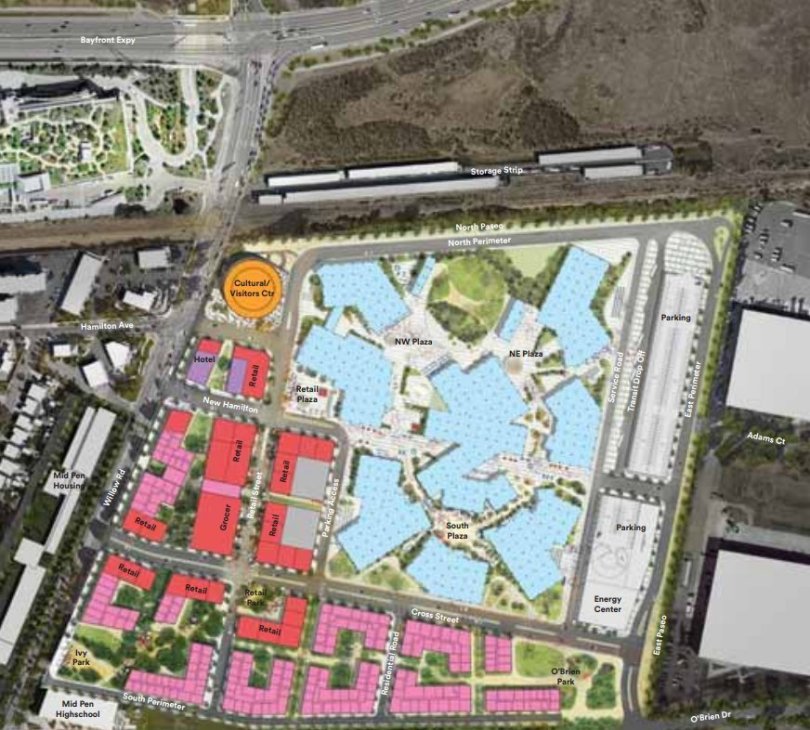The Company Town
Image courtesy of UnSplash
I have been working in small towns across the Midwest for about a year now and have seen firsthand the struggle they face in trying to maintain growth or in some cases, turnaround their decline. Many communities are successful, as noted in the book Our Towns which I recently read and reviewed. Oftentimes, the recommendations we make in our comprehensive plans and housing studies are to create partnerships with not only local organizations, but the major employers as well. Examples abound of employers helping provide funding or even building housing for their workforce when the private market is struggling to get the job done.
I read an article on the Town of Graniteville, a small community of about 2,500 residents that lost its manufacturing plant, the largest employer, in the early 2000’s nearly shutting the town down. The article focused on the resurgence underway as a result of a developer working to restore many of the buildings and bring the town back to life. What caught my attention was the history of the town a portion of which is a National Historic Landmark District.
Buildings in the Hickman Mill Historic District (photo courtesy of NPS.org)
Graniteville’s history starts back in 1849 with William Gregg, a man who moved to the South with a plan to open a textile plant to rival those already well established in the north. As the article states “Gregg didn’t just want to build a business; he wanted to build a community. While constructing the mill building out of the local blue granite that gave the town its name, Gregg had houses put up for his workers.” Several of those Gothic Revival houses still remain today.
But Gregg was not the only business man to bother with creating a community instead of just building his business. Pullman also conceived of this back in 1880 when he laid out the Town of Pullman, now part of Chicago. Hershey is another famous company town, laying out its town in 1900 with streets named after the company products. Despite providing much needed housing, many of these towns were like prisons for their employees. They supplied all the necessities by owning the dry goods store, often marking up the prices. At some point however, companies stopped considering where their employees would live. It was up to the worker to find housing and the company to focus solely on the product and profits.
It could be argued that any town with one major employer who wields power over the community is a company town. If so, we still have company towns all across America, they are just a little different than the Industrial Age towns that provided not only jobs, but housing and supplies as well. What if we returned to the Pullman, Gregg, or Hershey method of building not only a business, but a community, with a new spin on the old concept?
We are starting to see this in Apple’s town square’s, an attempt at providing space for the public to gather. But what if companies did more to help their employees find affordable housing at prices that matched their wages? Corporations such as Facebook and Amazon are looking at building housing for their growing workforce. Other communities are seeing this on a smaller scale with large employers providing loans or down payment assistance for their employees to secure housing.
Plan for Willow Village in Menlo Park, CA. This campus would not only include offices for the company, but housing and commercial space (photo courtesy of Mercurynews.com)
It is interesting to see the evolution of company towns. Whether the company builds the houses or helps their workforce with funding, they are acting in a similar way to their predecessors over 100 years ago. They understand a stable and dedicated workforce needs housing and the private market does not always supply it in adequate amounts or affordable price points. It will be interesting to see how the companies of today reuse the old model, making the necessary adjustments to succeed in the business climate of the 21st century.









